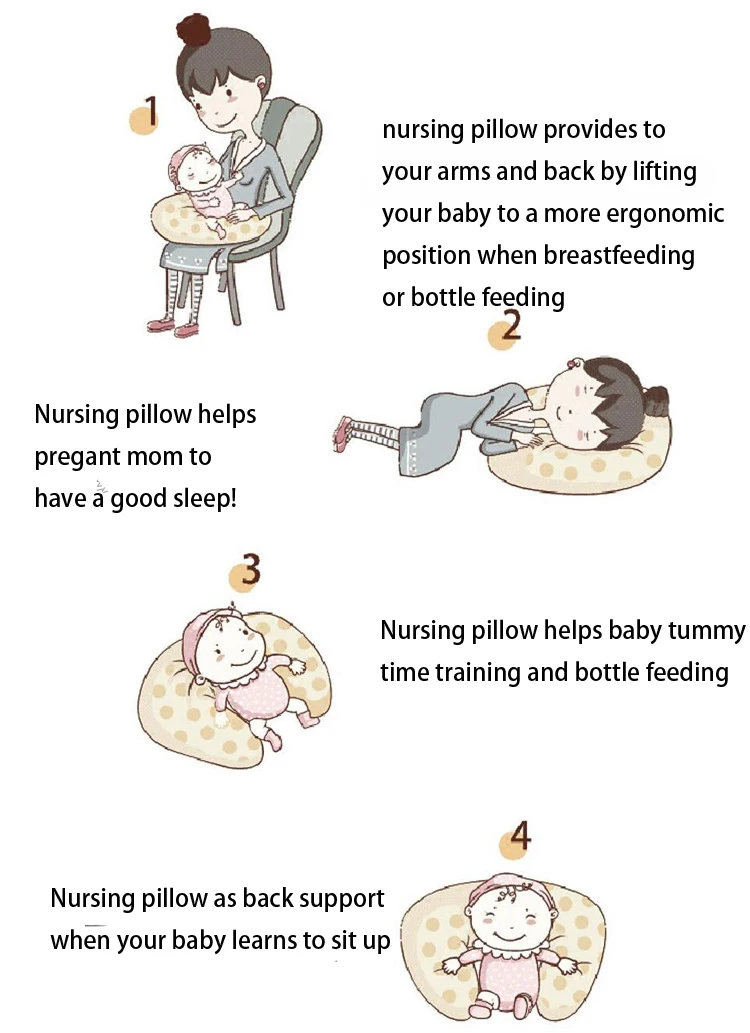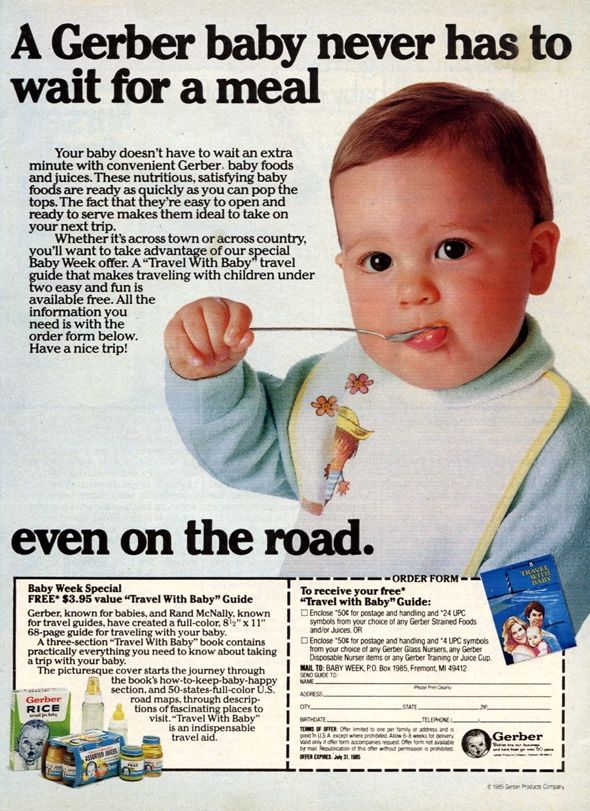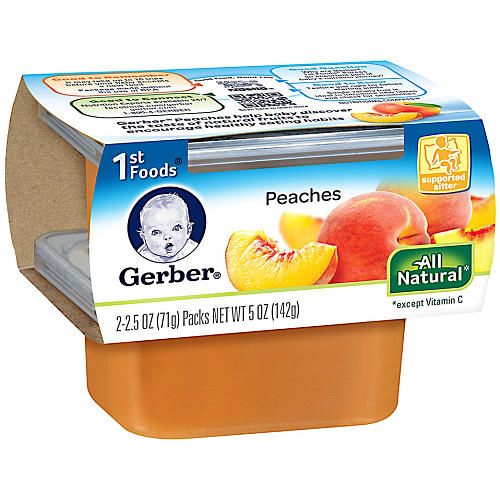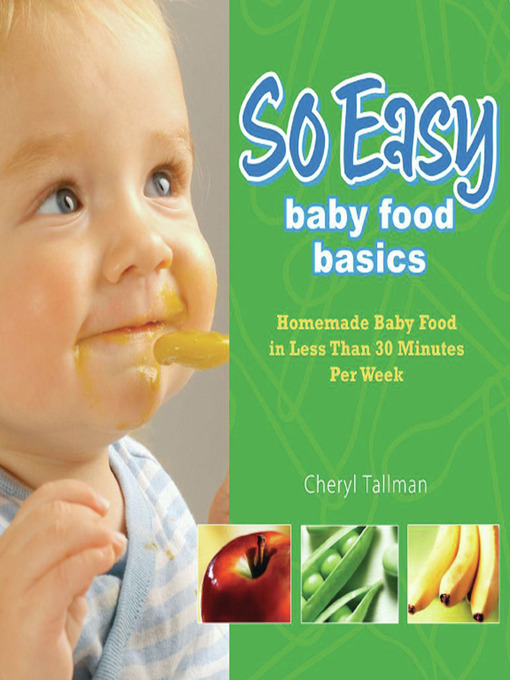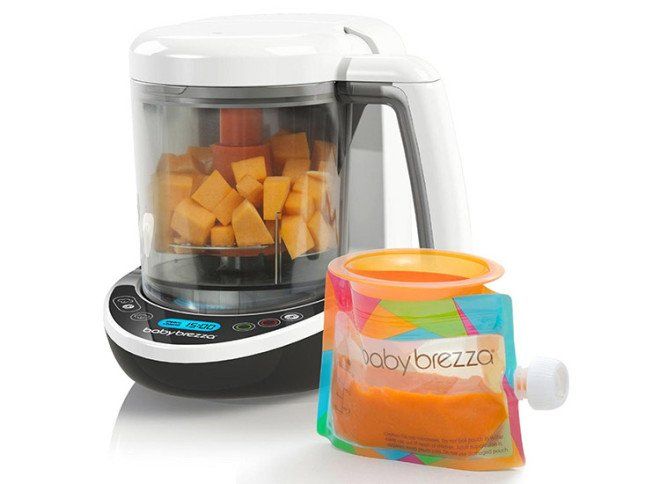First soft foods for baby
Best Early Finger Foods for Baby (With Tips, Visuals, and Recipes)
Use this list of safe, nutritious, and easy to eat finger foods for baby to help you know exactly what (and how) to offer at meals and snacks. Plus, find the best first finger foods, troubleshooting tips, and visuals of foods broken down by food group to keep things easy!
Finger Foods for Baby
After baby starts solids and is ready to move onto finger foods, you may feel a little confused by exactly what to serve and how to serve it. Which is totally normal because it can be scary to let baby feed themselves this way and we may not have any experience doing this—or we may have totally forgotten from our last kiddo!
This list of finger foods for baby will cover some great first finger foods to start with, then set you up with plenty of healthy options from each food group.
TIP: Find more info on starting solids here and the best foods to start with if doing baby led weaning or purees with baby.
Healthy Baby Food
I love sharing these ideas for baby food since they are easy to prepare and serve and because I know how hard it can be to continue to come up with flavorful and healthy meals and snacks for our little ones. Let me tell you, I’m on my third kiddo and it can be such a challenge to feed him during the chaos of parenting the rest of my crew! These foods are wholesome and nutritious—perfect for your baby.
TIP: I’m a big fan of SpoonfulONE, a company that offers the most complete way to introduce food allergens to our kids. They make mix-ins, puffs, and crackers that are yummy and easy for babies and toddlers to eat. Learn more about their pediatrician-approved baby foods here. (sponsored link)
Best First Finger Foods
When baby is around 9 months, you’ll notice that they’re able to pick up smaller pieces of food with two fingers. This is known as the “pincer grasp” and is a sign that they’re ready to start finger foods. To be clear, when I say “finger foods” I mean small pieces of food that a baby (or toddler) can feed themselves.
To be clear, when I say “finger foods” I mean small pieces of food that a baby (or toddler) can feed themselves.
Here are some of my favorite ones to start with that are all super soft, safe to eat, and easy to pick up.
- Scrambled egg, broken up into small pieces
- Roasted sweet potato mashed and broken up into small pieces
- Fresh raspberries, broken up into smaller pieces
- Oatmeal, cooked according to package directions and allowed to cool
- Tofu, diced and sauteed lightly or steamed
- Ground beef, chicken, or turkey, broken up into small pieces or lightly mashed meatballs
- Shredded cheese or crumbled goat cheese
- Mashed sweet potato, in little pieces
- Peanut butter puffs
TIP: You can serve the tofu, ground meat, or meatballs in veggie puree from a pouch or a simple marinara sauce for extra moisture and flavor. Learn more about how and why to introduce peanut butter.
Finger Foods for Baby: Fruits and Veggies
Some of my favorite early fruits and veggies to serve babies are:
- Mashed roasted sweet potato, broken up into small pieces
- Warmed frozen peas, slightly mashed if desired
- Roasted Zucchini
- Diced Roasted Sweet Potato or Butternut Squash
- Fresh blueberries, cut in half or quarters
- Fresh raspberries, broken into small pieces
- Banana, broken into small segments (they are less slippery this way versus slicing them)
- Avocado, diced and mashed slightly (be sure it’s ripe and very soft)
TIP: A good rule of thumb is to serve pieces of food that are about the size of a pea to start and soft enough that they are easy to squish between your fingers.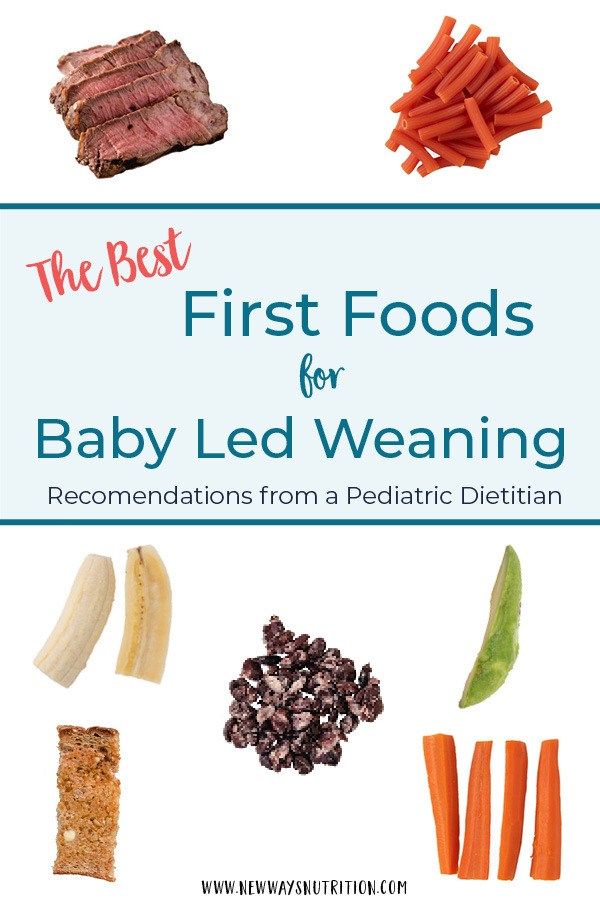 This will be easy for baby to pick up and eat and will also reduce chances of choking.
This will be easy for baby to pick up and eat and will also reduce chances of choking.
Finger Food Ideas: Carbohydrates
Offering complex carbohydrates can provide fiber, a variety of textures, B vitamins, and more. Try these with your baby.
- Spinach pancakes (moisten with applesauce or plain yogurt if needed; this recipe is particularly moist and great for babies)
- Oatmeal, cooked according to package directions and allowed to cool
- Baby Puffs
- Peanut Butter Puffs
- Rice (it’s easiest if it’s in little clumps so baby can pick it up; this Coconut Rice or this Cheesy Rice are both good options)
- Baby Banana Muffin
- O cereal (soften in nondairy unsweetened milk or yogurt as needed)
- Baked Oatmeal, diced
Finger Food Ideas: Proteins
Offering proteins will continue to expose baby to a range of nutrients. These are my go-tos for babies newer to finger foods—and toddlers too.
- Shredded cheese (thicker cuts are a little easier to pick up)
- Tofu, diced and sauteed lightly or steamed
- Flaked cooked wild salmon
- Lightly mashed meatballs
- Shredded chicken, cut up finely (we love this Butter Chicken to share with baby)
- Ground beef, turkey, or chicken, broken into smaller pieces
- Lightly mashed beans
- Scrambled eggs, broken up into small pieces
- Diced egg muffins
I’d love to hear any questions you may have, or if you have foods that your babies enjoy that I didn’t include here.
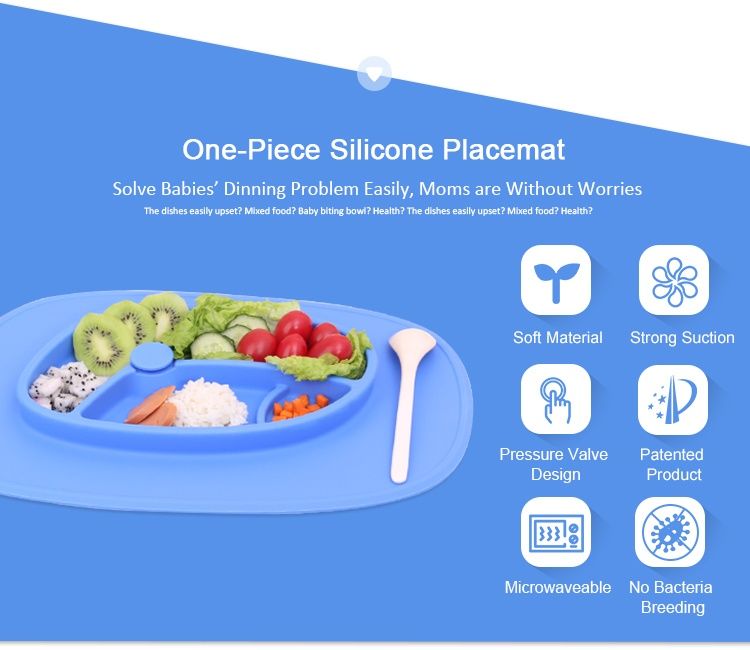 Chime in below in the comments!
Chime in below in the comments!Prep Time 5 minutes
Cook Time 5 minutes
Total Time 10 minutes
Author Amy Palanjian
Cuisine American
Course Baby Food
Calories 124kcal
Servings 1
First Finger Foods (choose 1-3 per meal)
- ▢ 1 Scrambled egg (broken up into small pieces)
- ▢ 1/4 cup Roasted sweet potato, mashed and broken up into small pieces
- ▢ 1/4 cup Fresh raspberries (broken up into smaller pieces)
- ▢ 1/4 cup Oatmeal (cooked according to package directions and allowed to cool)
- ▢ 2 tbsp Tofu (diced and sauteed lightly or steamed)
- ▢ 2 tbsp ground beef, chicken, or turkey, broken up into small pieces or lightly mashed meatballs
- ▢ 2 tbsp shredded cheese or crumbled goat cheese
- ▢ 1/4 cup Mashed sweet potato (broken into little pieces)
- ▢ 1/4 cup Peanut butter puffs
Fruits and Veggies
- ▢ 1/4 cup mashed roasted sweet potato (broken up into small pieces)
- ▢ 1/4 cup warmed frozen peas
- ▢ 1/4 cup Roasted Zucchini
- ▢ 1/4 cup diced Roasted Sweet Potato or Butternut Squash
- ▢ 1/4 cup blueberries (cut in half or quarters)
- ▢ 1/4 cup raspberries (broken into small pieces)
- ▢ 1/4 cup banana slices (broken into small segments—they are less slippery this way versus slicing them)
- ▢ 2 tbsp avocado (diced and mashed slightly—be sure it's ripe and very soft)
Whole Grains and Carbohydrates
- ▢ 1 Spinach pancakes (moisten with applesauce or plain yogurt if needed; this recipe is particularly moist and great for babies)
- ▢ 1/4 cup Oatmeal (cooked according to package directions and allowed to cool)
- ▢ 1/4 cup Baby Puffs
- ▢ 1/4 cup Peanut Butter Puffs
- ▢ 1/4 cup fully cooked rice (it's easiest if it's in little clumps so baby can pick it up; this Coconut Rice or this Cheesy Rice are both good options)
- ▢ 1 Baby Banana Muffin
- ▢ 1/4 cup O cereal (soften in nondairy unsweetened milk or yogurt as needed)
- ▢ 1/4 cup Baked Oatmeal (diced or regular oatmeal broken into little pieces)
Dairy
- ▢ 2 tbsp Shredded cheese (such as mozzarella)
- ▢ 2 tbsp Tofu (diced and sauteed lightly or steamed)
- ▢ 2 tbsp flaked cooked wild salmon
- ▢ 1 lightly mashed meatballs
- ▢ 2 tbsp finely shredded chicken (we love this Butter Chicken to share with baby)
- ▢ 2 tbsp ground beef, turkey, or chicken (broken into smaller pieces)
- ▢ 2 tbsp lightly mashed beans
- ▢ 1 Scrambled egg (broken up into small pieces)
- ▢ 1 Diced Egg muffins
For each meal or snack, choose 2-3 foods from a mix of food groups.
 Aim to include some fat in most meals and protein in many too.
Aim to include some fat in most meals and protein in many too.Prepare the food, cutting into small pieces and/or mashing as needed to make the food easy to eat.
Start with small portions and allow more as baby indicates according to their hunger.
- Store leftovers in an airtight container for 3-5 days in the fridge.
- Many foods you cook for your family will work as baby finger foods—just be sure they are easy to squish between your fingers and the pieces are small and easy to chew.
- Babies very normally make a lot of faces when they eat, so don't assume they don't like something just because they scrunch their nose!
- Flavors and textures can take time to learn to eat, so continue offering foods in small portions even if baby hasn't liked them in the past—and make sure they taste good to you!
Calories: 124kcal, Carbohydrates: 14g, Protein: 7g, Fat: 4g, Saturated Fat: 1g, Polyunsaturated Fat: 1g, Monounsaturated Fat: 2g, Trans Fat: 1g, Cholesterol: 164mg, Sodium: 81mg, Potassium: 344mg, Fiber: 4g, Sugar: 5g, Vitamin A: 9857IU, Vitamin C: 18mg, Calcium: 51mg, Iron: 1mg
Tried this recipe?Rate in the comments and tag @yummytoddlerfood on IG!
Easy, Healthy, Perfect for Kids and Babies!
These sweet Banana Spinach Pancakes are a favorite when you’re looking to boost nutrition in a favorite breakfast option. Or to have a little fun at the breakfast table by serving up a colorful meal.
Or to have a little fun at the breakfast table by serving up a colorful meal.
Spinach Pancakes
I never thought that my older daughter would be such a fan of green pancakes, but just when you think you know your kiddo, they go and surprise you! It turns out that she’ll eat pretty much anything in pancake form. This (and Spinach Pesto and my Spinach Muffins) are by far her preferred ways to get her greens.
I love how these are both easy to make and they’re so easy for the kids to enjoy.
The beauty of this kids pancake recipe is that it comes together in the blender so you don’t have to dirty a sink full of dishes to make it happen.
And it includes two bananas and small pile of spinach, so everyone will get a nice amount of vitamins and minerals to start the day.
TIP: The flavor is sweet, so despite the color, they taste like healthy banana pancakes.
Ingredients You Need
To make this simple pancake recipe you’ll need:
- Very ripe bananas: Those with brown spots will have the best flavor
- Eggs
- Buckwheat flour or whole wheat flour
- Milk: Dairy or nondairy
- Baby spinach: You can use fresh spinach or spinach that you’ve frozen
- Ground flaxseed
- Baking powder
- Cinnamon
- Vanilla extract,
- Oil or butter for cooking
Ingredient Substitutions
Both whole wheat and buckwheat flour work well in this recipe, though the pancakes cook through more easily with buckwheat. Look for it in the natural flours section of your supermarket. It’s widely available and very nutritious. For tips on using whole wheat flour, see the Notes section at the bottom of the recipe as you’ll want to reduce the milk amount slightly.
Look for it in the natural flours section of your supermarket. It’s widely available and very nutritious. For tips on using whole wheat flour, see the Notes section at the bottom of the recipe as you’ll want to reduce the milk amount slightly.
Use an egg replacer like the one from Bob’s Red Mill to make these egg-free.
Use buckwheat flour to make these gluten-free.
Use nondairy milk to make these without dairy.
Step-by-Step Instructions
Here’s a look at how to make these healthy pancakes. Scroll down to the bottom of this post for the full information.
- Add all ingredients to a blender except the flour.
- Blend, starting on low and working up to high. You want the spinach to be very well incorporated.
- Stir or pulse in the flour. Avoid over-blending but do make sure to get all of the flour blended in.
- Cook as you would any other pancakes and serve warm.
TIP: I like to cook these in a nonstick skillet or griddle since they are easiest to flip.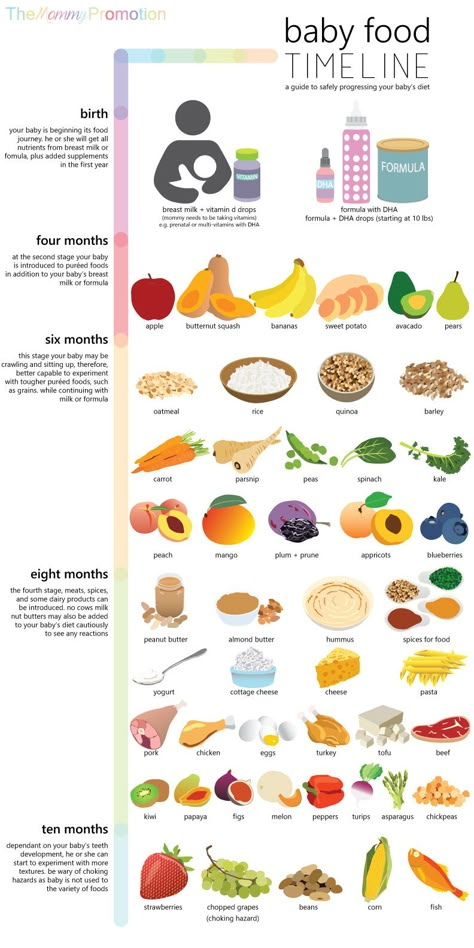 Cast iron also works if well greased.
Cast iron also works if well greased.
Gluten-Free Spinach Pancakes
Yes! Buckwheat flour is naturally gluten-free and it works well in this recipe.
Dairy-Free Spinach Pancakes
To make these dairy-free, simply use nondairy plain unsweetened milk instead of dairy milk and cook with neutral oil.
Easy Baby Pancakes
Due to the very soft texture of these pancakes, they tend to be much easier for babies to eat than traditional ones. And since they are packed with nutrients, this is a favorite pancake recipe to make for baby led weaning and once a baby is starting to eat finger foods.
TIP: Find my favorite early finger foods for babies here.
Serving Suggestions
Maple syrup and butter of course, or nut butter, yogurt, applesauce, chopped fruit, or jam are all good options. When my middle kiddo was a baby, she ate them plain!
TIP: We like to have ours with a fruit salad rainbow (without the pot of gold at the end, unfortunately!) for St.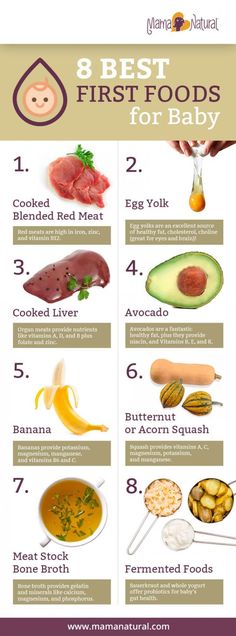 Patrick’s Day, but that part is of course optional.
Patrick’s Day, but that part is of course optional.
How to Store
These store really well if you let any leftovers cool and store in an airtight container or zip top freezer bags. You can store leftovers in an airtight container in the fridge for 3-5 days or in a freezer safe container or bag for up to 3 months. Warm in 15 second increments in the microwave to serve.
Tips for Making the Best Spinach Pancakes
- You can store a bag of baby spinach in the freezer to use in smoothies and pancakes. Freezing it maintains the nutrients but it knocks out any “green” flavor which is handy! It’s also nice that you don’t have to worry about it going bad before you can use it up.
- Be sure to blend the batter very smooth to get the greens very well processed.
- You can sub in whole wheat flour for the buckwheat, but you’ll want to reduce the milk by ¼ cup.
- If the bottoms start to brown too much before they are set, lower the heat to medium-low.
- Look for buckwheat in the natural flours section of your supermarket.
 It’s widely available and very nutritious.
It’s widely available and very nutritious. - If making for a baby who’s not yet consuming cow’s milk, you can use unsweetened nondairy milk.
- I prefer to use a nonstick skillet or griddle for this recipe, though cast iron works too.
- You may also like Spinach Banana Muffins, 2-Ingredient Pancakes, Banana Oatmeal Pancakes, and Yogurt Pancakes.
I’d love to hear what you think of this recipe so please comment below with feedback!
This post was first published March 2018.
Prep Time 5 minutes
Cook Time 15 minutes
Total Time 20 minutes
Author Amy Palanjian
Cuisine American
Course Breakfast
Calories 237kcal
Servings 4
- ▢ 2 small very ripe bananas (about 1 cup tightly packed sliced banans)
- ▢ 2 large eggs
- ▢ 1 cup buckwheat flour or whole wheat (See Notes at the bottom if using whole wheat)
- ▢ 1 cup milk
- ▢ 2 cups lightly packed baby spinach
- ▢ 1 tablespoon ground flaxseed
- ▢ 1 1/2 teaspoons baking powder
- ▢ 1 teaspoon cinnamon
- ▢ 1 teaspoon vanilla extract
- ▢ Coconut oil for cooking (or canola oil or butter)
Add all ingredients to a blender except the flour.

Blend on high until very well combined, about 20-30 seconds, or until you no longer see any noticeable flecks of spinach.
Stir or pulse in the flour and thoroughly combine without over-mixing.
Warm a nonstick or cast iron skillet or griddle over medium heat and coat with oil or butter. Pour small rounds of batter onto the hot surface—the batter should spread fairly thinly on its own—and let cook until bubbles form on the surface and the surface is mostly set, about 3-4 minutes.
Flip and cook for an additional 3 minutes, or until fully cooked.
Continue to prepare the rest of the batter, keeping the finished pancakes warm in a 275 degree oven if desired.
Serve warm with fruit, maple syrup, or another favorite dip.
Green Pan Non-Stick Pan
Vitamix Blender
Spatula
- To store, let cool fully and keep in an airtight container in the fridge for up to 3 days.
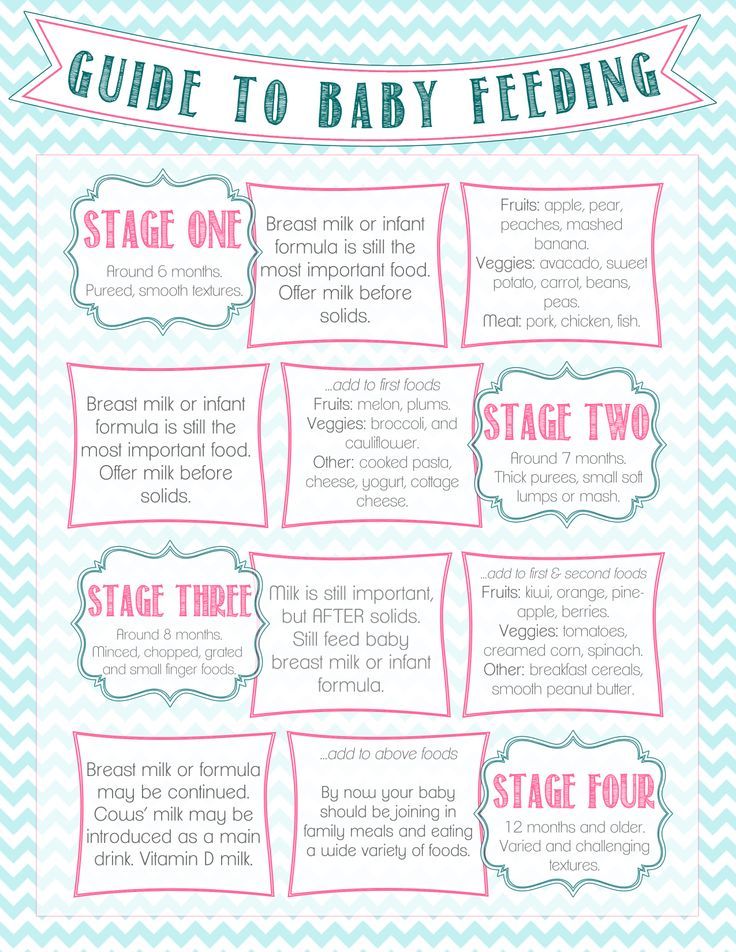 Warm slightly before serving. Or, store in a zip top freezer bag for up to 3 months and warm through to serve.
Warm slightly before serving. Or, store in a zip top freezer bag for up to 3 months and warm through to serve. - Whole-wheat flour: You can sub in whole wheat flour for the buckwheat. Just reduce the milk to ¾ cup.
- You can use baby kale in this recipe if you prefer.
- You can store a bag of baby spinach in the freezer to use in smoothies and pancakes. Freezing it maintains the nutrients but it knocks out any “green” flavor which is handy! It’s also nice that you don’t have to worry about it going bad before you can use it up.
- Be sure to blend the batter very smooth to get the greens very well processed.
- If the bottoms start to brown too much before they are set, lower the heat to medium-low.
- Look for buckwheat in the natural flours section of your supermarket. It’s widely available and very nutritious.
- If making for a baby who’s not yet consuming cow’s milk, you can use unsweetened nondairy milk.
- I prefer to use a nonstick skillet or griddle for this recipe, though cast iron works too.
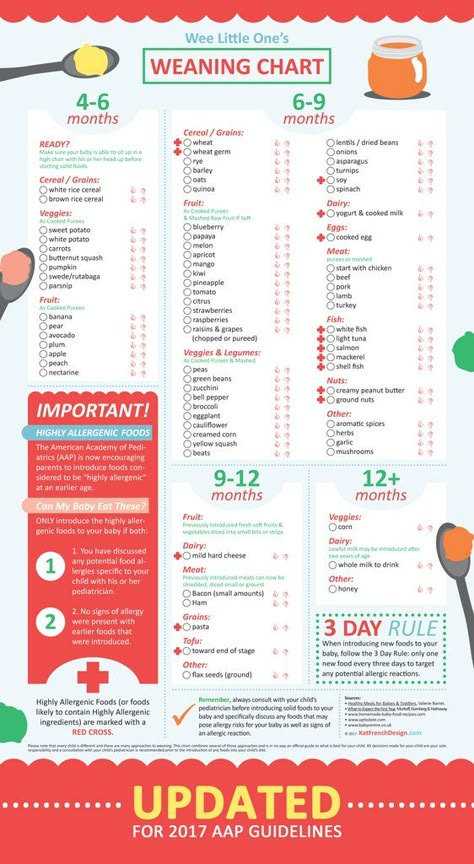
Calories: 237kcal, Carbohydrates: 40g, Protein: 9g, Fat: 6g, Saturated Fat: 2g, Polyunsaturated Fat: 1g, Monounsaturated Fat: 2g, Cholesterol: 104mg, Sodium: 206mg, Potassium: 577mg, Fiber: 6g, Sugar: 11g, Vitamin A: 1674IU, Vitamin C: 9mg, Calcium: 208mg, Iron: 2mg
Tried this recipe?Rate in the comments and tag @yummytoddlerfood on IG!
Vegetables and fruits for the baby. When and what to give?
Babies grow fast and therefore need a lot of nutrients. By the age of 6 months, usually, the baby receives everything he needs with his mother's milk or formula. But this is only up to 6 months of age, and then, according to WHO recommendations, the child's diet should be supplemented with complementary foods.
The first foods offered to a child at 6 months of age may be cereal, vegetable or fruit puree. nine0003
Regarding the introduction of vegetables and fruits, there are different opinions about what is better to give first: vegetables or fruits.
Vegetables or fruits?
Pediatricians often recommend starting your baby's introduction with mashed vegetables, because fruit is sweeter and some children may then refuse vegetables. In fact, it is very individual. An important argument in favor of vegetables is the fact that fruits are not the main meal and, therefore, they can be offered as a snack, dessert, or added to cereals and sour-milk products. nine0003
But vegetable puree is introduced into the baby's diet as a main dish, to which meat will be added later.
To get the most out of new foods, no matter what kind, introduce them to your baby in the right way.
How to choose fruits and vegetables for a baby?
For the first acquaintance, it is advisable to use the vegetables of our climatic zone: zucchini, cauliflower, broccoli, pumpkin, potatoes, squash. Give preference to seasonal vegetables. You need to start with one type of vegetable, and only after the child has received each of them separately, you can mix them. nine0003
nine0003
Pediatricians recommend apples, peaches, apricots, plums as the first fruits.
What is better to choose: mashed potatoes in jars or cook it yourself?
There is no unequivocal opinion on this issue either among doctors or mothers.
Many people find that homemade vegetable or fruit puree is healthier because it retains nutrients, vitamins and minerals better.
Another part of the experts argue that modern growing conditions do not guarantee the safety of fruits and vegetables for young children, as they may contain a large amount of nitrates or pesticides. nine0003
Unfortunately, if vegetables and fruits are not from your own garden and you do not know where and how they were grown and how they were processed, then it is better to give preference to children's vegetable or fruit puree from jars.
Preference is given to industrial purees even when the beginning of acquaintance with vegetables and fruits falls outside the season of vegetables and fruits. If winter and zucchini are only imported, and apples have been stored in vegetable stores for quite a long time, then they are unlikely to be safe for a small child. nine0003
If winter and zucchini are only imported, and apples have been stored in vegetable stores for quite a long time, then they are unlikely to be safe for a small child. nine0003
According to modern requirements for baby food products, vegetables and fruits for commercial baby foods are grown in special raw materials zones without the use of chemical fertilizers and pesticides. Modern production technologies make it possible to preserve vitamins and minerals as much as possible and provide the necessary consistency, in accordance with the characteristics of the digestive system and chewing apparatus of the baby.
Industrial purees also allow you to choose your baby's favorite vegetable or fruit, regardless of the season. nine0003
If you have your own garden and grow organically, you can confidently prepare vegetable and fruit dishes at home.
How to prepare vegetables and fruits for a baby at home?
When preparing vegetables and fruits, observe the following rules:
- select only good, undamaged, fresh vegetables and fruits
- Wash them thoroughly before cooking
- cook just before feeding your baby.
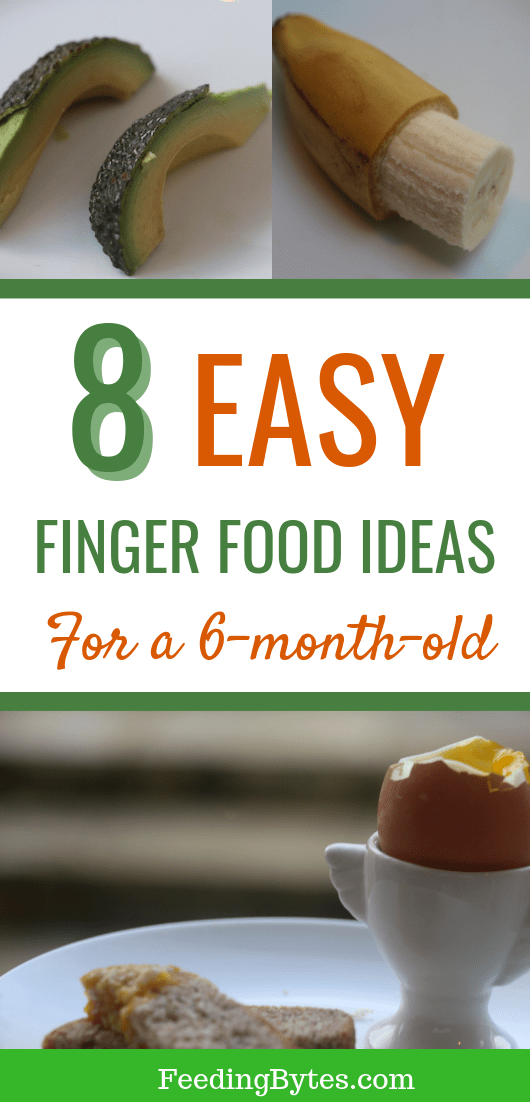 nine0054
nine0054
For a child of the first year of life, vegetables are boiled or cooked in a double boiler without salt and pepper. Grind with a blender or carefully grind to a homogeneous creamy consistency. If the puree is too thick, you can add a little vegetable broth in which the vegetables were boiled.
Vegetable puree is given warm, the optimum temperature of the puree for feeding is 37 - 38ºС.
Fruit can be given fresh or baked in the oven. But like vegetables, fruits should be chopped and peeled. nine0003
Fruit can be grated on a plastic grater or chopped in a blender. The grater or blender must be poured over with boiling water before preparing the puree!
When the child has 6-8 teeth, you can give a piece of fruit and he will eat it on his own.
Remember not to chase exotic fruits as they can cause an allergic reaction in your baby. Useful substances are better absorbed from fruits that are traditional for our climatic zone.
How many fruits and vegetables does a baby need?
A child can eat only a certain amount of vegetable and fruit puree per day in order to avoid indigestion. This amount depends on the age of the baby.
This amount depends on the age of the baby.
Approximate recommended daily intake of vegetable puree is
50-100g for a 6 month old baby, 150g for a 7 month old baby, 170-180g for a 8-9 month old baby, and from 10 to 12 months the amount of vegetable puree can be increased up to 200 g *. nine0003
Your pediatrician will help you determine the right amount of puree for your baby.
But, regardless of the age of the child, acquaintance with each new product should begin with no more than 1 teaspoon and gradually increase to the recommended age norm!
A child needs 2 times less fruit purees than vegetables.
Children at 6 months can consume 40-50g of fruit puree, at 7-8 months - 50-70g, at 9-12 months - 80-100g*. nine0003
What to combine vegetables and fruits with?
Vegetable and fruit purees are low-protein supplements, so they are given as an independent dish for no more than 2 weeks, then it is necessary to enrich them with high-protein foods.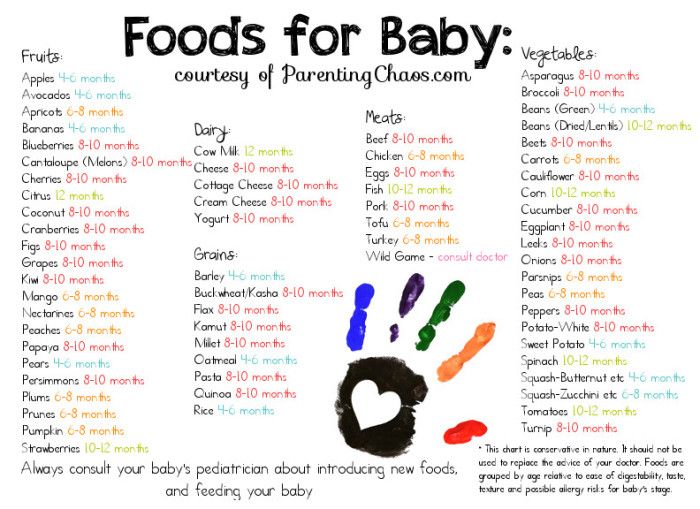
Pediatricians recommend combining vegetable puree with meat complementary foods, thanks to which the baby will receive a rational, easily digestible lunch.
Fruit is good to combine with soft cheese, if it has already been introduced into the baby's diet, or added to milk or dairy-free cereals. nine0003
TM "Malyatko" offers different flavors of vegetable and fruit purees. Our purees are made from vegetables and fruits grown in our own fields in compliance with all the requirements of organic farming.
They are ready to use, so you will have more time to spend with your baby.
Malyatko - the basis of health for life!
*Clinical protocol for the care of a healthy child under 3 years of age
Cooking for the little ones. Cooking for baby food
Recommended ways to handle food for babies are boiling, stewing, steaming, baking. Let's talk about each of them and evaluate their pros and cons.
Cooking.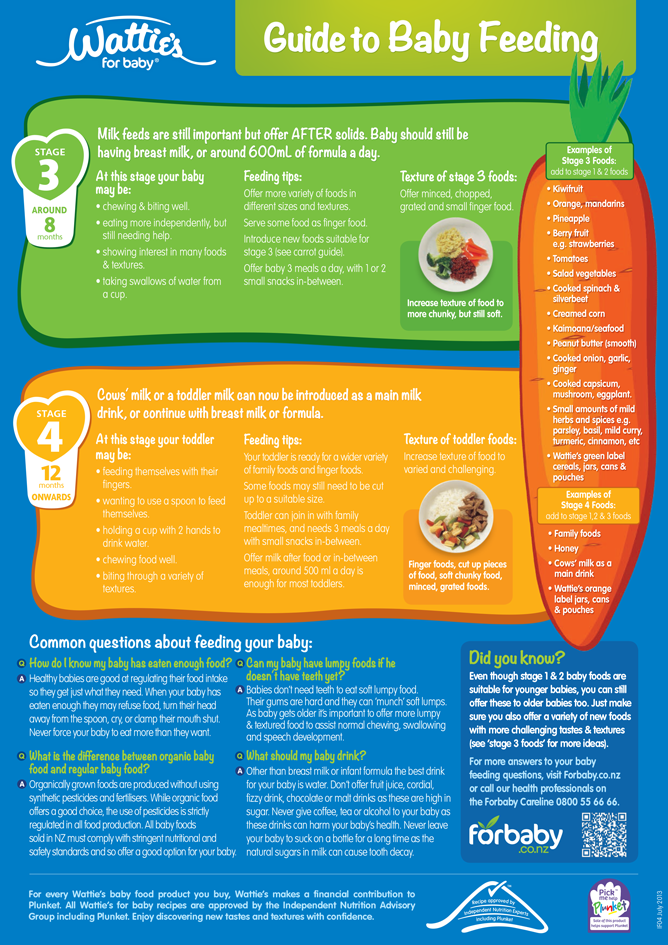 Boiling water ensures uniform heating of food from all sides. Long simmering can soften old meat. Cooking breaks down complex proteins and carbohydrates into simpler ones that are easier for the body to digest. Unfortunately, this advantage is also a disadvantage of cooking. Vitamins and other useful substances from foods pass into the broth and are quickly destroyed. nine0003
Boiling water ensures uniform heating of food from all sides. Long simmering can soften old meat. Cooking breaks down complex proteins and carbohydrates into simpler ones that are easier for the body to digest. Unfortunately, this advantage is also a disadvantage of cooking. Vitamins and other useful substances from foods pass into the broth and are quickly destroyed. nine0003
Therefore, when cooking food, the following rules must be observed:
- To preserve nutrients, the meat is immersed in boiling water and cooked until tender over low heat;
- Vegetables are recommended to be cut into larger pieces and not overcooked;
- Fruits for baby puree are best blanched, dipped in a net or colander in boiling water for 1-2 minutes.
Important!
Boiling is considered the best way to destroy harmful microorganisms, because the entire surface of the product is covered with water of the same temperature. nine0003
Extinguishing.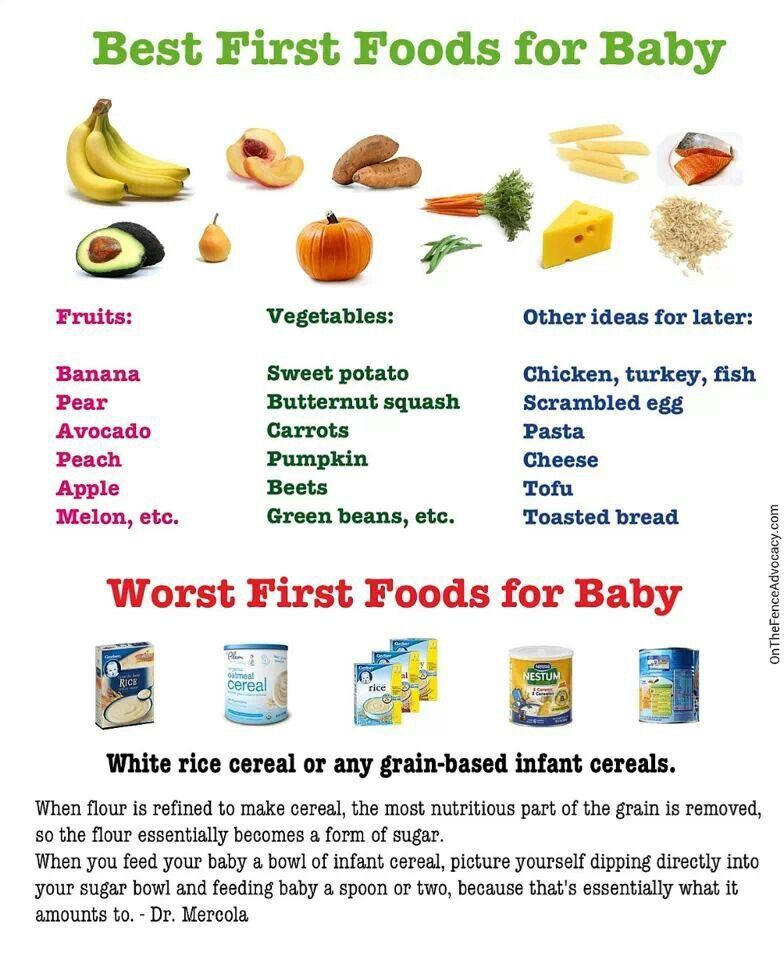 It differs from boiling in the amount of water. It is added quite a bit, or if the vegetables are very juicy, for example, cabbage, no water is added at all, the products are stewed in their own juice. Stewed food retains more nutrients, they do not go into water, as when boiled. Stewed vegetables and meat are usually eaten with the resulting sauce at the bottom of the container. Many children and adults prefer the taste of stews because they are not as bland as boiled foods.
It differs from boiling in the amount of water. It is added quite a bit, or if the vegetables are very juicy, for example, cabbage, no water is added at all, the products are stewed in their own juice. Stewed food retains more nutrients, they do not go into water, as when boiled. Stewed vegetables and meat are usually eaten with the resulting sauce at the bottom of the container. Many children and adults prefer the taste of stews because they are not as bland as boiled foods.
Simmer food on the lowest heat possible with a tightly closed lid to retain more nutrients. nine0003
Steam cooking. The main advantage of this method is the maximum preservation of the color and shape of the product. Ready vegetables remain dense, not boiled. Steamed foods retain more vitamins than boiled or stewed foods.
Steam cooking can also be used as a way to reduce the amount of fat, for example in fish or minced meat. The heated fat will drain down into the water, the finished dish will turn out to be more dietary.

